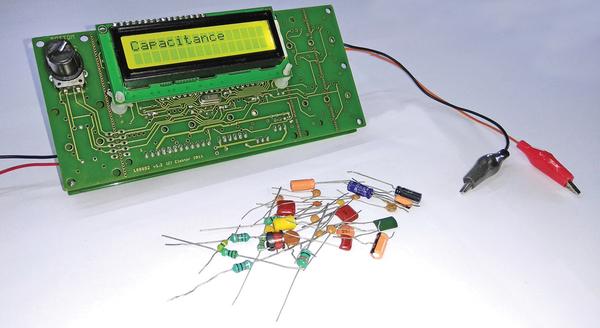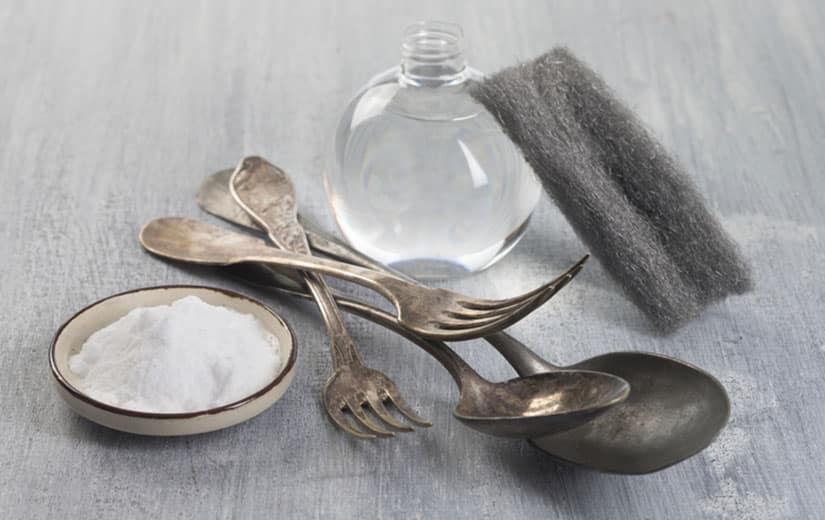
Like any skill, soldering well takes practice and experience. It's tempting to think that weld quality comes primarily from the price of your equipment, but that's not necessarily true. An experienced person can do magical things with a $15 soldering iron! There are plenty of tutorials on the subject, but I'll try to give you some general tips from my own experience that have helped me handle this iron better.
Simplify your soldering
- Buy the best iron you can afford. If you're a beginner, buy one that you can afford to put aside as a spare after you've abused it during your apprenticeship. Then buy a better one. Or a good quality one with replaceable tips so you can remove the worn one.
- Buy good quality materials such as solder, desoldering braid and flux from reputable manufacturers. They are worth it and have a big impact on your bottom line.
- Do not weld if you are hungry, tired or in a hurry. If I'm really hungry, my hand shakes more. If I'm tired, I'm less focused. And lack of time makes me careless. The resulting errors take much longer to fix. So schedule your welds when you are at your best and without any stress.
- Try the lowest temperature that allows your solder to flow and be patient until it melts onto the pad. Observe how it behaves when it sinks and note which gives the best results. Raising the temperature will only damage and reduce the number of times you can touch up a component before it comes off the board.
- Do not press the iron against the gasket; you're not accelerating anything. A light touch is enough most of the time. If you need to press down, you're not at the right temperature or using the wrong tip shape.
- Try using your little finger as a pivot against the table as you weld. This gives you a foothold and essential stability.
- Protect yourself ! Use all necessary protective and safety equipment.








